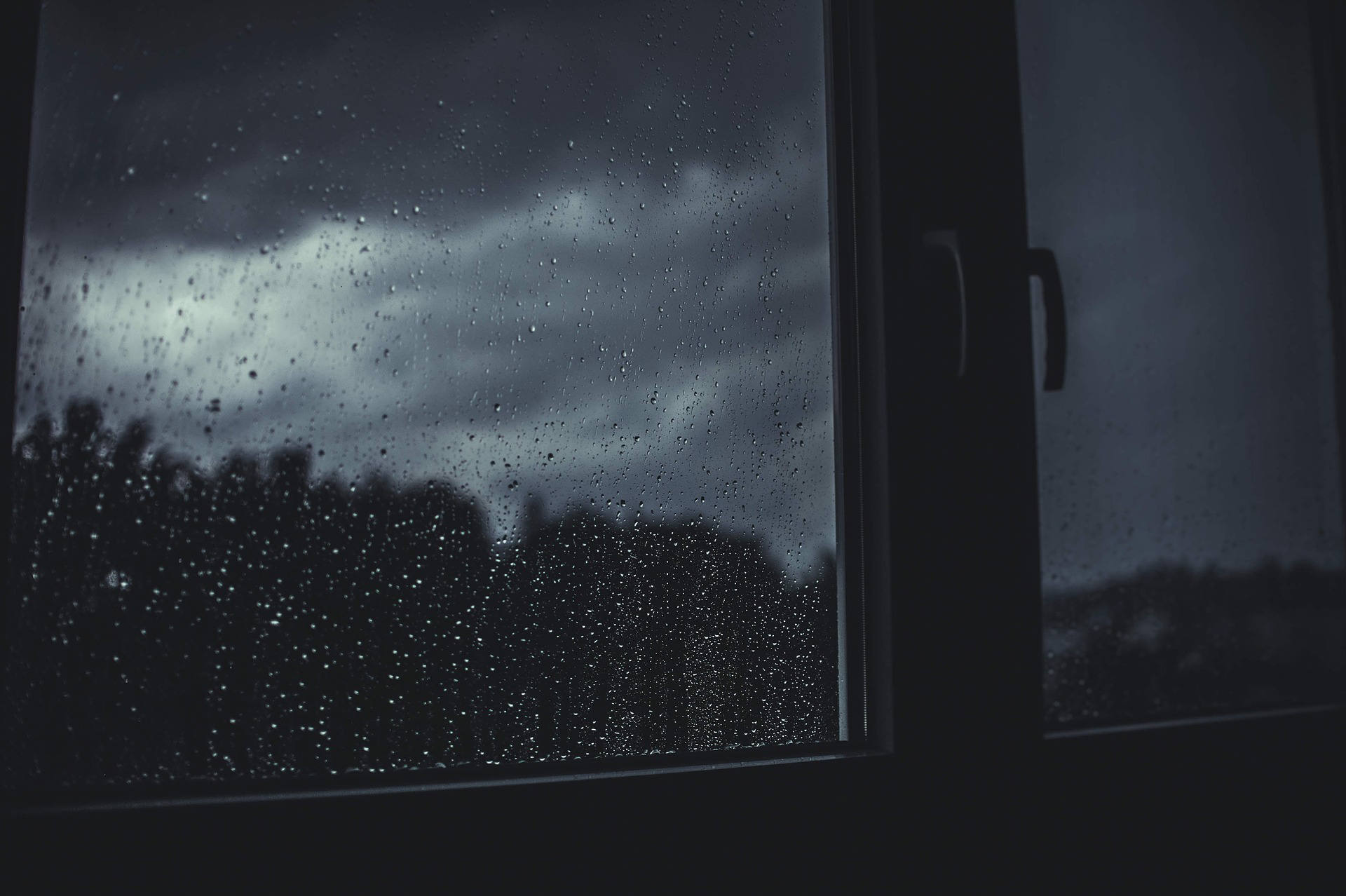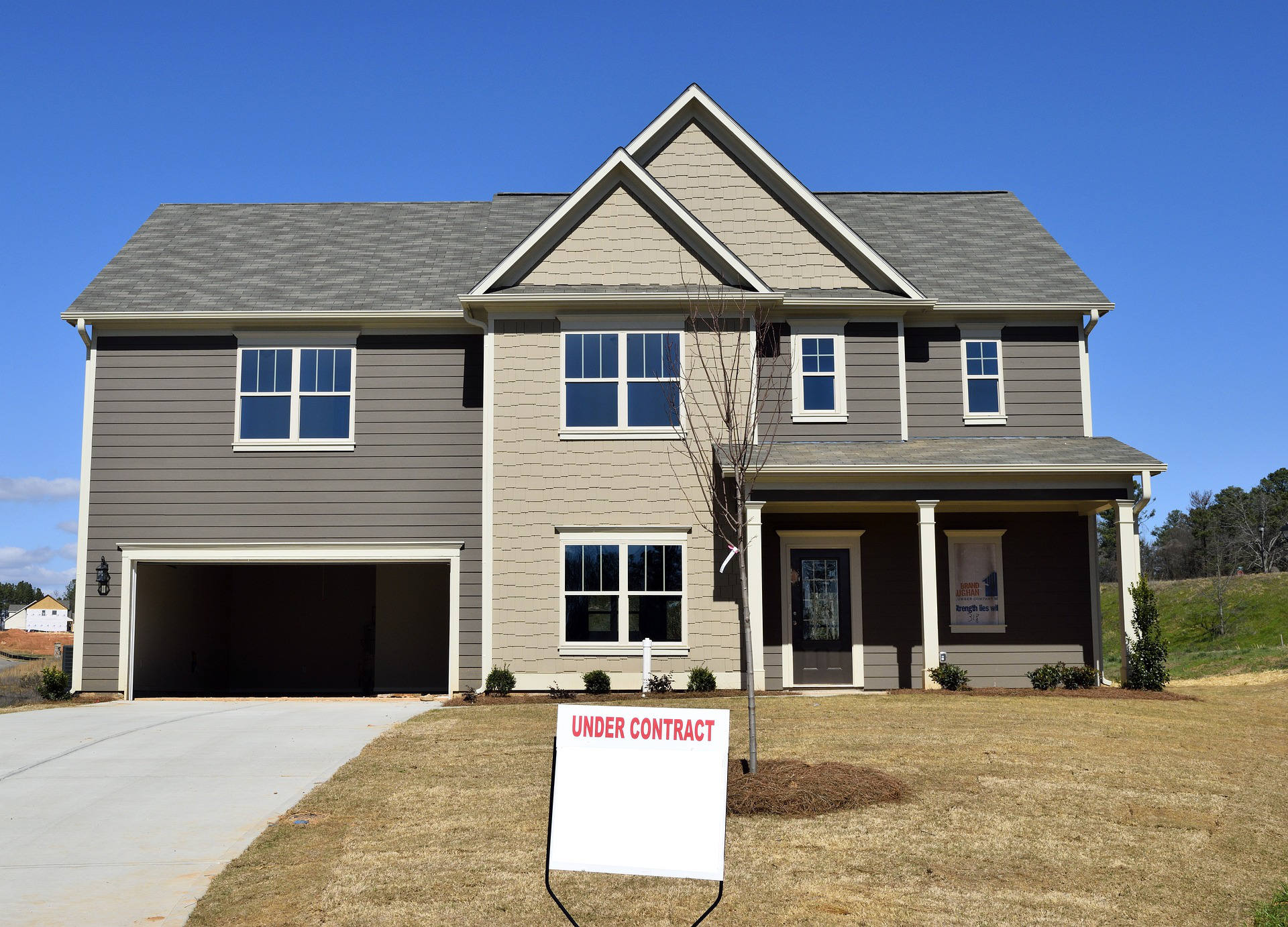Radon is something that occurs naturally, but can be concerning as it is radioactive. Invisible, odorless, and tasteless radon can accumulate in buildings, especially in lower areas such as basements and crawl spaces. Given its carcinogenic nature, it is crucial to understand the factors that affect radon levels in homes. Among these factors, weather conditions such as rainfall can significantly influence indoor radon concentrations.
Radon levels can fluctuate daily and seasonally, influenced by changes in weather. The interaction between atmospheric conditions and the ground where radon is produced can alter how radon enters and accumulates in a home. Several weather-related phenomena, including rain, can impact these dynamics.
Rainfall and Radon Levels
Rainfall is particularly notable for its impact on radon levels. When it rains, the water saturates the ground, increasing the moisture content of the soil. This moisture can create a barrier that slows the escape of radon gas from the soil into the atmosphere. Consequently, with the natural upward diffusion of radon blocked or slowed, the gas may redirect into homes through cracks and other openings in the building’s foundation.
Furthermore, heavy rains can lead to a higher water table. As the groundwater level rises, it can push radon up from the soil and closer to the surface, making it easier for radon to enter homes. This process is especially problematic in areas with high uranium content in the underlying rocks and soil, where radon levels are naturally higher.
Barometric Pressure and Radon
Barometric pressure, which changes with weather patterns, also affects radon levels. Low barometric pressure, often associated with stormy weather, can lead to higher indoor radon levels. This effect occurs because the lower pressure inside the home than the pressure in the soil around the home’s foundation encourages the gas to enter through cracks or gaps.
Conversely, high barometric pressure can help keep radon from entering a home, as the higher pressure outside effectively blocks the paths through which radon might travel indoors.
Temperature and Radon
Temperature variations can affect how radon moves through the soil and into homes. In colder weather, frozen ground and snow can trap radon within the soil, potentially leading to elevated indoor radon levels once the ground thaws. Similarly, thermal stacking, where warm indoor air rises in colder months and escapes from higher points of a home, can create lower pressure at the house’s base, pulling radon in from the ground.
Humidity and Radon
High humidity can also influence radon levels indoors. Denser humid air might help contain radon gas closer to the ground and facilitate its entry into houses, especially when combined with other factors like low barometric pressure and rainfall.
Weather significantly influences radon levels in homes. Rainfall, barometric pressure, temperature, and humidity can all impact the amount of radon that enters and accumulates indoors. Homeowners in areas susceptible to high radon levels should consider these weather-related factors and test their homes regularly, particularly after significant weather changes, to assess radon levels. Effective radon mitigation systems can also help manage and reduce radon risk, ensuring safer indoor environments regardless of external weather conditions.





